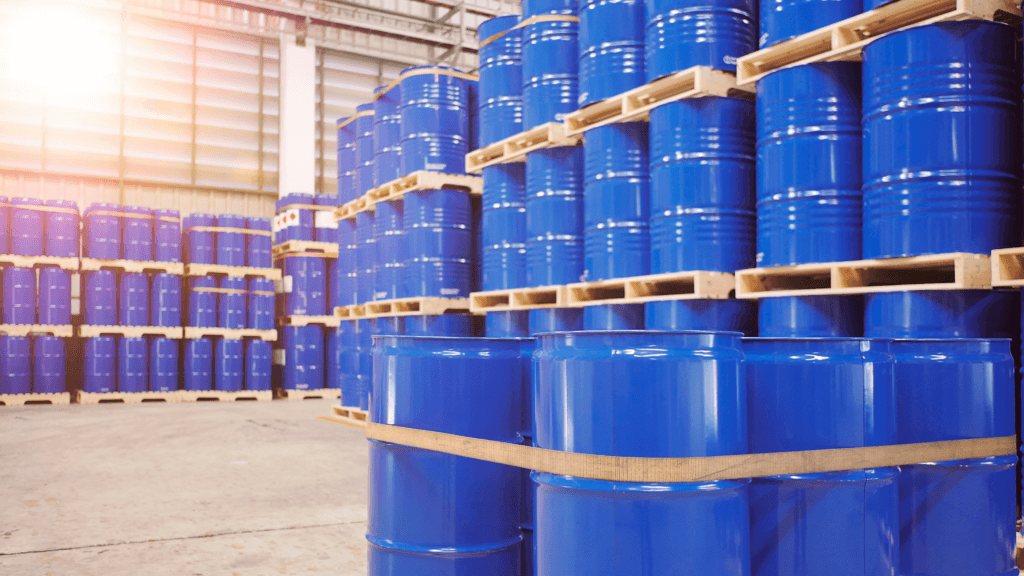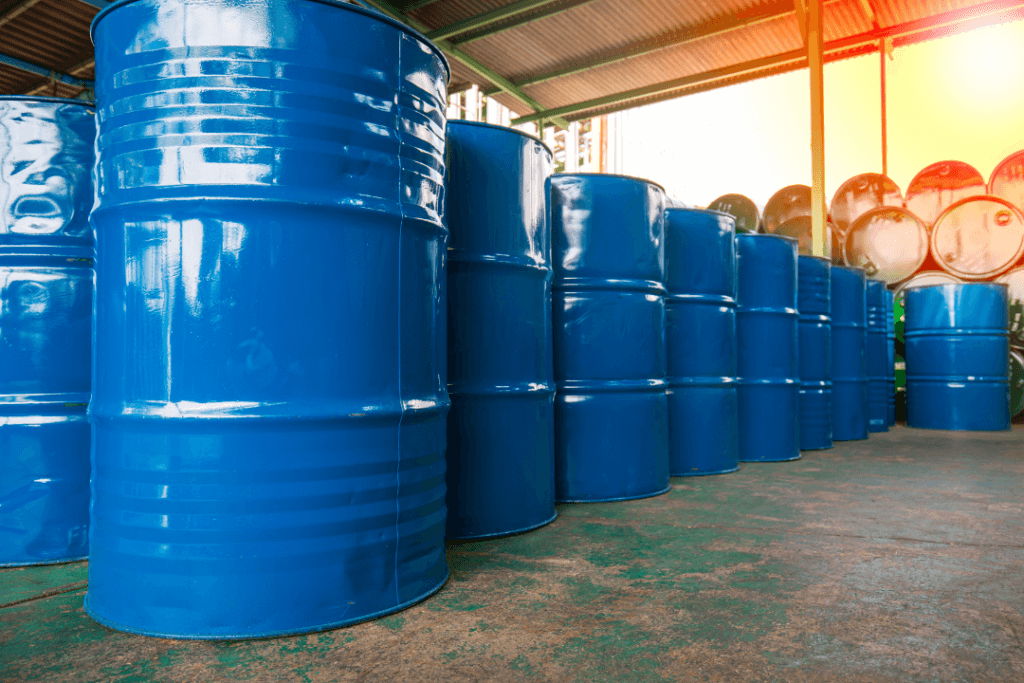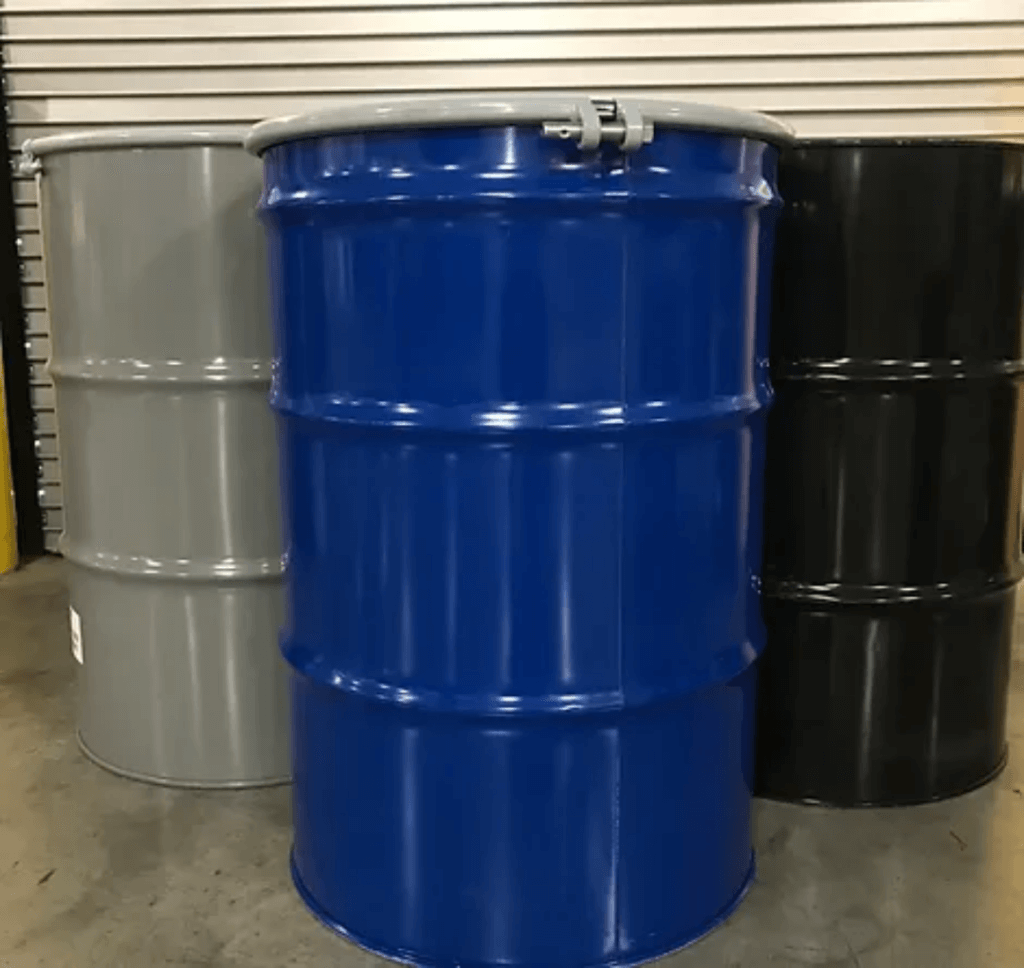HM-215K and HM-215L – Review & Commentary
by Lonnie Jaycox, Packaging Engineer, HAZPlus®
The HM-215 series of rulemakings are an annual adjustment to the HMR (Hazardous Materials Regulations) to align the HMR directly with international regulations and to incorporate the latest versions of relevant international regulations (ICAO, IMDG, TDG Canada, UN Model Regulations, etc.) by reference into the HMR. This facilitates import and export activity in conformance with both US domestic and international hazardous materials regulations.
In addition to this year’s harmonization rulemaking (HM-215L) PHMSA also published a final version of the previous harmonization rulemaking in this series to address corrections, changes and finalize disposition of appeals to HM-215K.
There is a tremendous amount of regulatory content in these two rulemakings, but anyone who ships internationally under IMDG and ICAO/IATA may already be familiar with these changes to the HMR since they originate in and are a response to changes incorporated into the international modal regulations.
As always, it remains important to review any individual compliance program against this ever evolving regulatory environment. And, as always we stand ready to help you with your regulatory questions.
HM-215K
This is the final rule that initiated the transition from the ORM-D/Consumer Commodity system under US HMR to a more internationally harmonized system of limited quantity shipments. The intent is to maintain regulatory relief afforded shipments of ORM-D under the current form of the HMR while facilitating international distribution without costly package marking re-work. This is a very positive development for US shippers who have international customers; and after the package marking transition, is intended to afford domestic only shippers the same relief from the regulations they currently enjoy. Contained in this program is an expansion of the regulatory relief of the ORM-D/Consumer Commodity system to a wider variety of materials and shipments as Limited Quantities (LQ).
Below are some highlights of this final rule:
ORM-D Extension: Domestic highway, rail and vessel shipments under the current ORM-D classification and package marking system have been extended until December 31, 2020. ORM-D AIR provisions have expired under the original deadline (December 31, 2012).
Clarification of the marking requirements for Limited Quantity shipments in “OVERPACKs” was added in 49 CFR 175.25(e) and (f).
Packages marked with the previous “UN number in diamond” LQ mark *see image] may be transported until December 31, 2014 for domestic highway, rail and vessel shipments. These packages may no longer be offered for air shipments or for international ocean shipments.
Provisions for “Consumer Commodities” as used in the international air regulations in ICAO/IATA: ID 8000/ Consumer Commodity in 49 CFR have been aligned with ICAO/IATA. It must be noted that the use of this
description for hazardous materials in ICAO/IATA is very different from what has traditionally been considered a “consumer commodity” under the HMR. Eligibility for the use of ID8000, Consumer Commodity must be assessed for a particular material. Packaging requirements, including absorbent material and package performance standards have been harmonized between the HMR and ICAO/IATA. These requirements are found in a revised 49CFR 173.167. Shipments that conform to the ICAO/IATA system remain so under the HMR.
PHMSA modified incident reporting requirements for Limited Quantity shipments to more closely align with the long time provisions of ORM-D shipments.
PHMSA also extended the relief accorded ORM-D materials under the Materials of Trade (MOT) exceptions to hazardous materials packaged and transported as Limited Quantities. In addition, they clarified that these Limited Quantity materials include certain 1.4S explosives [see: 173.63(b)], certain compressed gases [see: 173.306] and certain fire extinguishers [see: 173.309]
Regulations applicable to hazardous materials carried by passengers and crew located in 175.10 were amended to align with ICAO/IATA, with particular emphasis on battery operated mobility devices.
PHMSA also used this rule to modify the HMR with respect to clarification of and appeals associated with HM-231. HM-231 was the rulemaking that prescribed the retention of the packaging “Notification” document (closing instructions) by both persons who assemble and use specification packagings and manufacturers (or subsequent distributors) of them. There has been much confusion on this, and I am afraid that while things are clearer now, we are not yet all the way home. [see: 173.22(a)(4) and 178.2(c)(1)(ii)]
Essentially, a person who assembles and fills a specification packaging for shipment must have the written instructions for its use from the manufacturer. These written instructions must be retained by this person for 90 days after the package is placed into transportation.
A packaging manufacturer (or subsequent distributor) must retain the Notification documents for a period of “one year after issuance”. To be safe, I would assume here, that means a year after the last transfer of a packaging to a user or subsequent distributor, and the same for a distributor to an end user.
When initially adopted, there was an exception to the requirement for separate written notification documents for packagings on which the notification was permanently marked. The rule “clarifies” that this exception for instructions permanently marked or embossed on the packaging only applies to cylinders and bulk packagings.
It was also clarified that packages (properly filled and closed) that were subsequently re-offered for shipment without being altered (such as in a chemical distribution system) does not require the transfer or retention of the Notification document by subsequent package distributors. Distributors of unfilled specification packagings are still covered under the requirements prescribed in 178.2(c).
This rule also emphasized that changes made to the tested design type under the testing variation in 178.601(g)(1) [Variation 1], including the justification used to ascertain an equivalent level of performance, by the person making the changes, must be noted in writing and retained along with the Notification document.
It should be remembered that no person should fill or assemble a specification packaging unless they have the written Notification (instructions) from the manufacturer and they must retain this document for the prescribed period. This is a focus of PHMSA’s outreach and enforcement program and is a high priority during inspections.
HM-215L
Because January 1, 2013 is the effective date of the revised IMDG and ICAO TI (updated every two years), this is a very large and complex rulemaking in that it makes many changes to the hazardous materials table itself to align it with international regulations in addition to incorporating these latest editions of the international modal regulations. It also extensively updates vessel stowage requirements to harmonize with HMR with the IMDG. It creates new packaging authorizations for pressurized liquid chemicals, authorizes new materials of construction for certain packagings and prescribes new package marking requirements.
Below are some highlights of this final rule:
In the HMR, certain outside (international) regulations and standards are “Incorporated by Reference” (IBR) into the US HMR. This rulemaking updates the references to these outside materials to reflect the latest editions of them. IBR materials are found in 49 CFR §171.7 and international regulations are incorporated by reference, with conditions as prescribed in 49 CFR 171.12 [Canada] and Subpart C of Part 171 [Sections: 171.22-26] for IMDG, ICAO and IAEA.
The changes in the Hazardous Materials Table (HMT) contained in this rulemaking are far too numerous to list in detail. There are new listings that have been added, changes to existing entries including changes to Special Provisions in Column 7 and extensive re-working of vessel stowage requirements for a long list of Explosives. This does bring up an important point concerning any compliance program. The evolution of the international regulatory system brings change into the US HMR even for shippers who do not export their products. It is important for a shipper to track these changes and evaluate their product line with respect to them. Often a new proper shipping name entry may more closely match a product than the one currently used by a shipper. This could result not only in non-compliance, but may prevent a shipper from realizing a benefit or relief from regulatory burdens that are made available by the new listings. Changes are often made in packaging requirements, quantity limitations, transport restrictions and special provisions that are associated with existing entries in the HMT which are not reflected by any change in the basic description of the material. These types of changes are
most often made in the context of these harmonization rulemakings because they originate in international bodies. While this rulemaking adds new entries into the HMT, most of the changes made affect existing entries.
This rule also incorporates a new type of packaging into the US HMR. These are called Flexible Bulk Containers. They are larger versions of flexible IBCs, with a capacity up to fifteen cubic meters. This rule prescribes construction standards, testing, transport and use controls as well as material authorization. As these packagings become available in the US market, there may well be a cost benefit in their use to transport authorized solid hazardous materials.
One of the marking requirements for packages under the HMR is the requirement for the four digit UN Identification Number (or NA number) associated with the hazardous material(s) in the package to be marked on the package with the proper shipping name. There is currently no minimum size requirement prescribed in the HMR for this marking. DOT has adopted new minimum size requirements for this mark in this rule. They have extended the mandatory implementation of this size requirement until January 1, 2017 for domestic ground shipments. This marking size requirement is mandatory for packages on January 1, 2014 for shipments offered under IATA, ICAO and IMDG regulations. It should be noted that this minimum size requirement is applicable to the marking of the UN ID Number of hazardous material(s) [such as: UN 1263], the size requirement is not applicable to the associated marking of the Proper Shipping Name of the material on the package [such as: Paint]. In addition, as adopted in the US HMR, packages permanently marked prior to the US transition date (January 1, 2017) may continue to be used until the end of their useful lives. This would not apply to international shipments.
Exceptions to the package orientation markings required in 172.312(c)(3):
Under current regulations, there is an exception to the requirements for package orientation markings (up arrows) for combination packagings containing Class 3 materials in inner packagings of four fluid ounces and less, provided they are packaged with sufficient adsorbent materials between the inner packagings and the outer package. ICAO broadened this exception to include materials in other hazard classes as well. PHMSA is incorporating this widened use of the exception into the HMR.
Explosives Packaging, 49CFR 173.62:
PHMSA is updating packing instructions for certain explosive materials to allow for the use wood packagings and closed head drums.
Class 3, viscous liquid re-classification change, 49 CFR 173.121(b):
The HMR allows for the re-classification of viscous Class 3 materials from Packing Group II to Packing Group III. This re-classification was limited for packagings of 30 liters or less by Cargo Aircraft Only (CAO) shipment. ICAO raised the per package quantity limit for these materials to 100 liters or less by Cargo Aircraft Only (CAO) shipment and PHMSA is aligning this section of the HMR to harmonize accordingly.
Expanded metal outer packaging authorizations:
PHMSA has expanded the list of packagings authorized to ship a wide variety of hazardous materials. Different types of metal packagings have been added to the packaging authorizations for these materials. In addition, the range of metals of construction authorized for certain packagings has been expanded. The list of packaging authorizations affected is too numerous to go through in detail.
Liquid or solid materials in pressurized cylinders:
PHMSA has incorporated new proper shipping names and packaging authorizations that were adopted internationally to ship liquid or solid materials in pressurized cylinders. Previously, these products were restricted to aerosol sized containers.
The importance of reading these harmonization rules in their entirety cannot be overemphasized. This series of rulemakings (HM-215) that are intended to harmonize the HMR with international regulations affect every aspect of hazardous materials shipping. Every function for shippers, carriers and packaging manufacturers may be modified for new or existing materials, transport modes, packaging and communication (documentation, marking and labeling). In other rulemaking activity we generally have modifications of much narrower scope that may be judged to “not affect us”, but that is not the case here.
Safe Packaging Matters is published to advise and educate shippers of hazardous materials regarding important changes in the regulations that could potentially affect compliance.
About the Author:
Lonnie Jaycox is a Performance Oriented Packaging engineer for HAZPlus® – the division of C.L. Smith Company that designs, manufactures, tests and certifies hazardous materials packaging. Lonnie is a DGAC Board Member, member of the IoPP Chemical Packaging Committee, and a representative on the D10 packaging committee of ASTM. He may be contacted at ljaycox@clsmith.com or by phone, 341-771-1202.
About HAZPlus®:
Turn‐Key Services – We design, test and certify Performance Oriented Packaging [Specification Packaging]
Compliance Confidence – As a packaging manufacturer with an on‐site UN/ISTA certified Package Testing Lab, we stand behind our testing, UN certification and production quality control.
Choice & Flexibility – We offer a variety of custom and stock packaging options offering the most economical alternative to suit your situation.
Regulatory/Packaging Expertise – Our team of Hazardous Materials packaging specialists can answer all your questions, and guide you successfully through the maze of regulations to achieve compliance.v
Comments are closed





